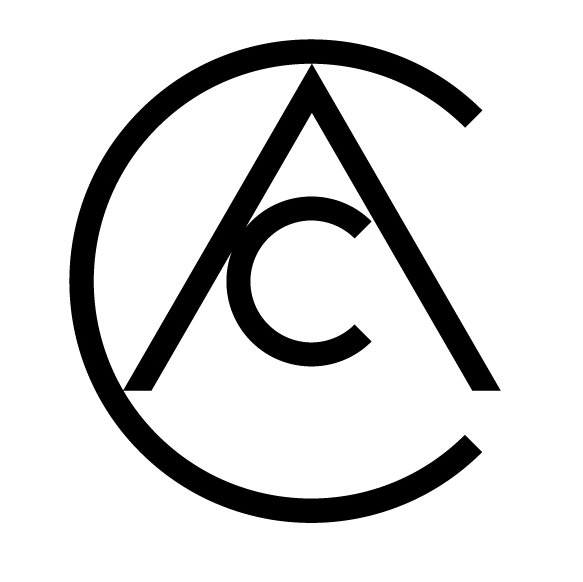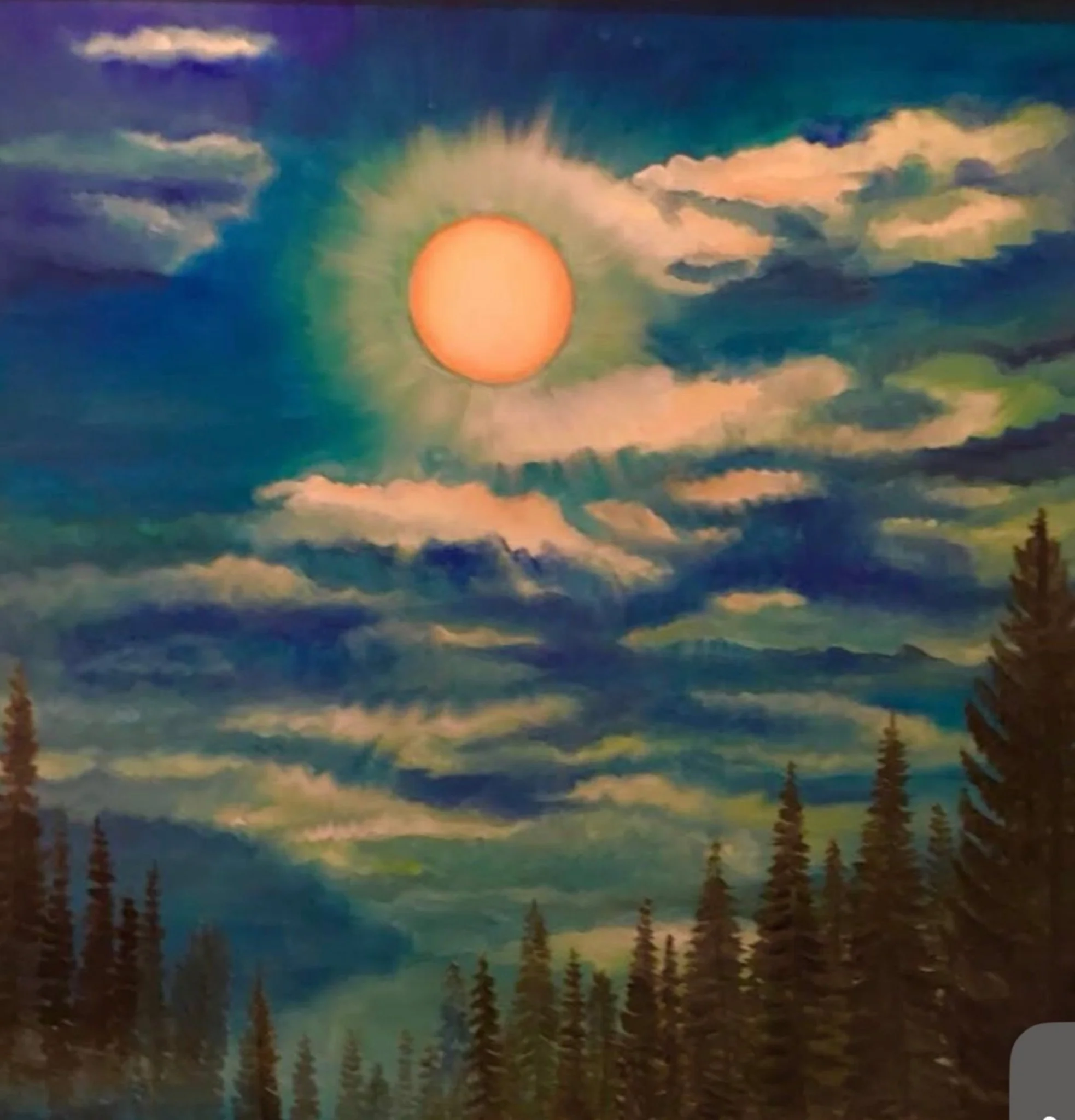Looking towards the future, what aspirations do you have for your art? Are there new themes or techniques you wish to explore?
I certainly plan to continue developing my unique graphic style. Additionally, I intend to increase the incorporation of augmented and virtual reality, which I am already using in my works. Perhaps, the most important goal for me is to learn how to create pieces that resonate with the soul of every individual even more, evoke positive emotions, and, hopefully, inspire them to live their unique life to the fullest every day. After all, isn't that why we are here?




















